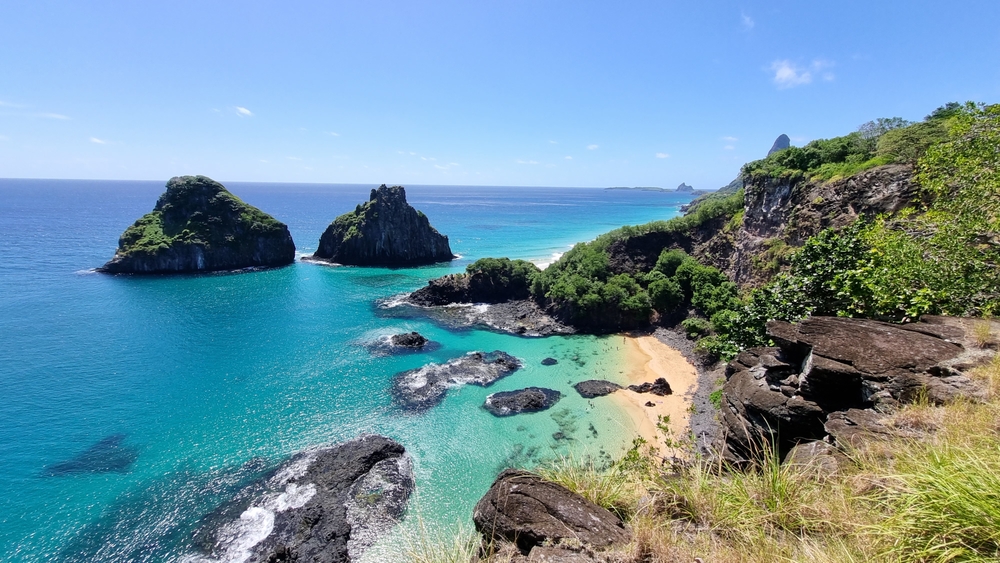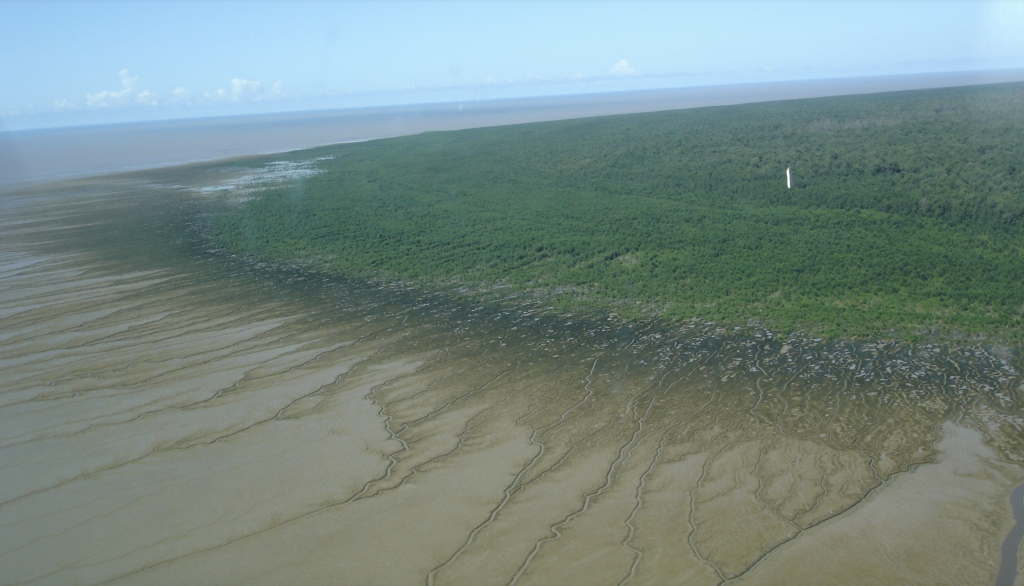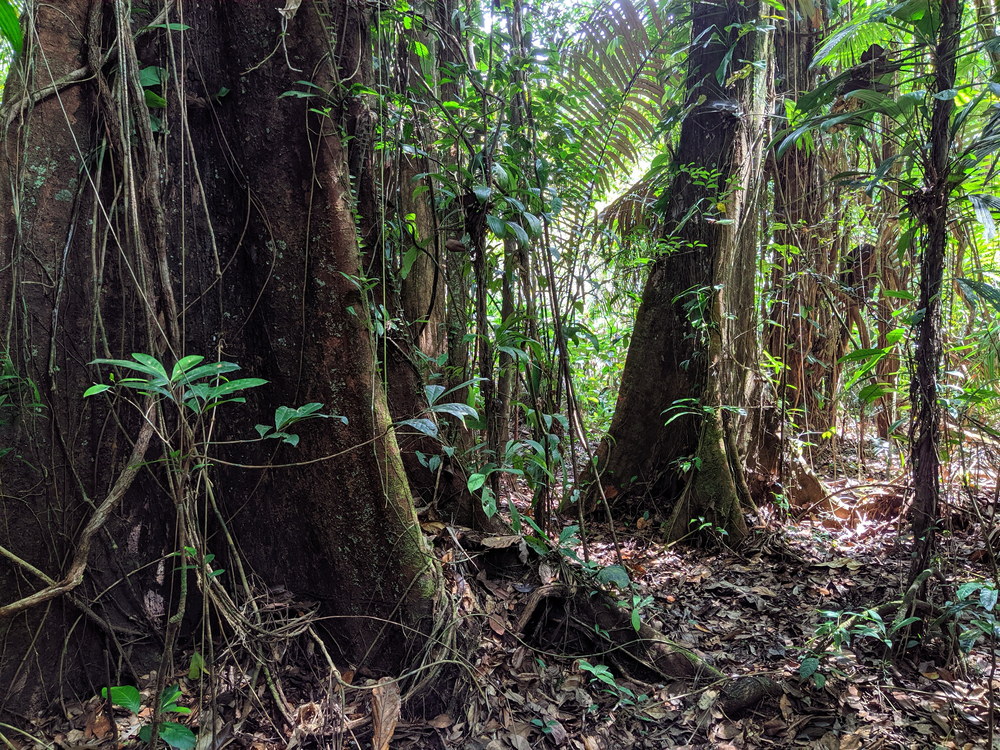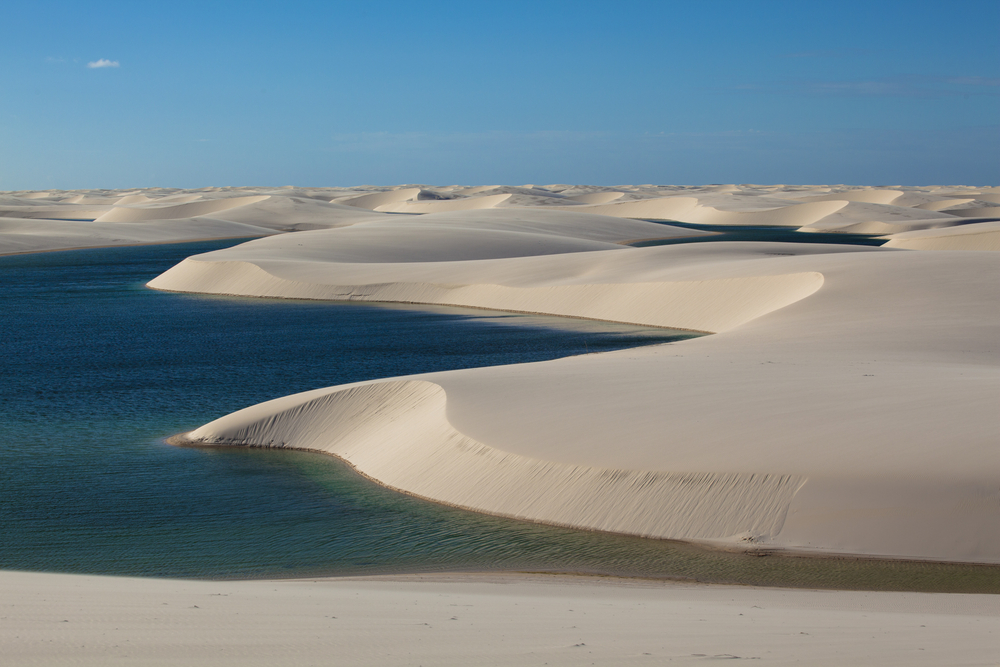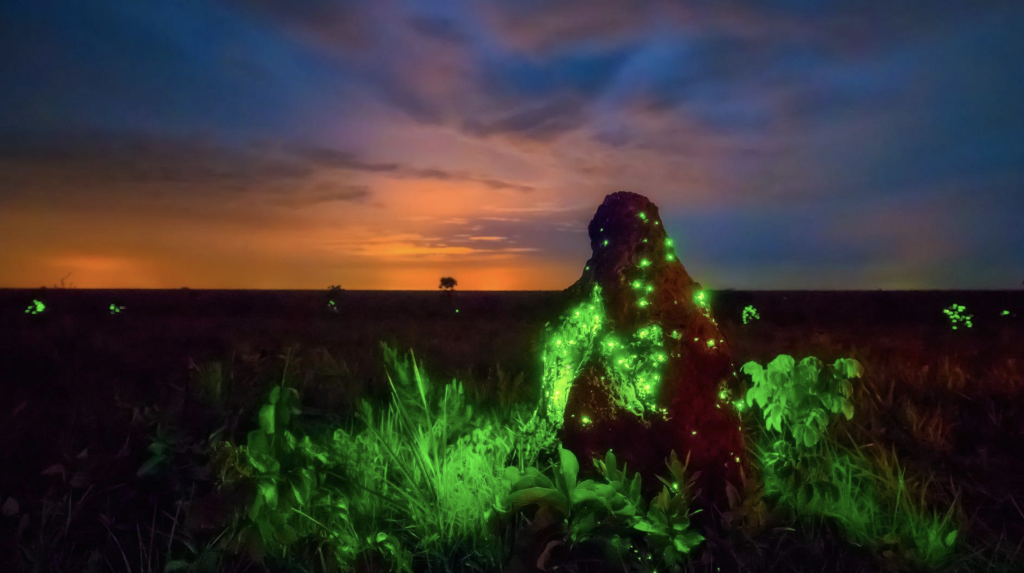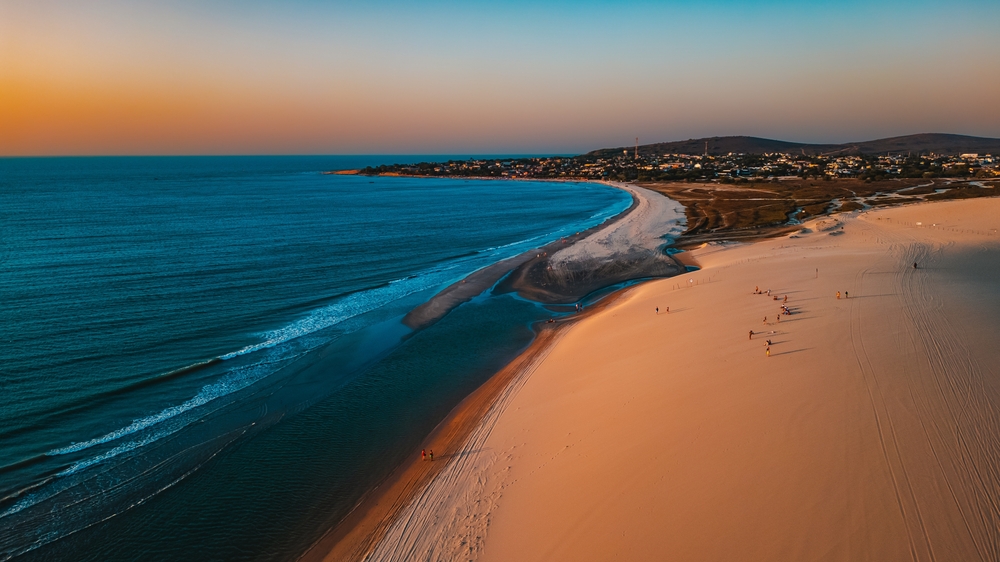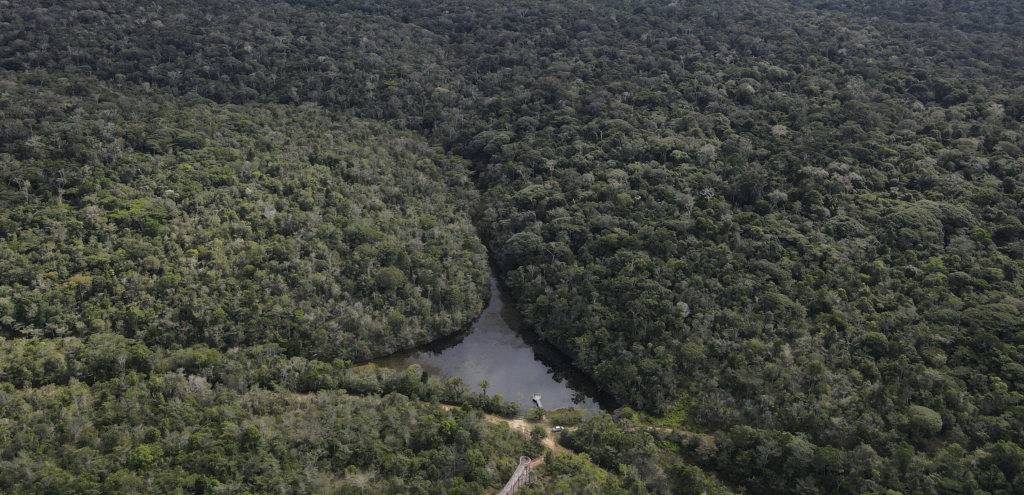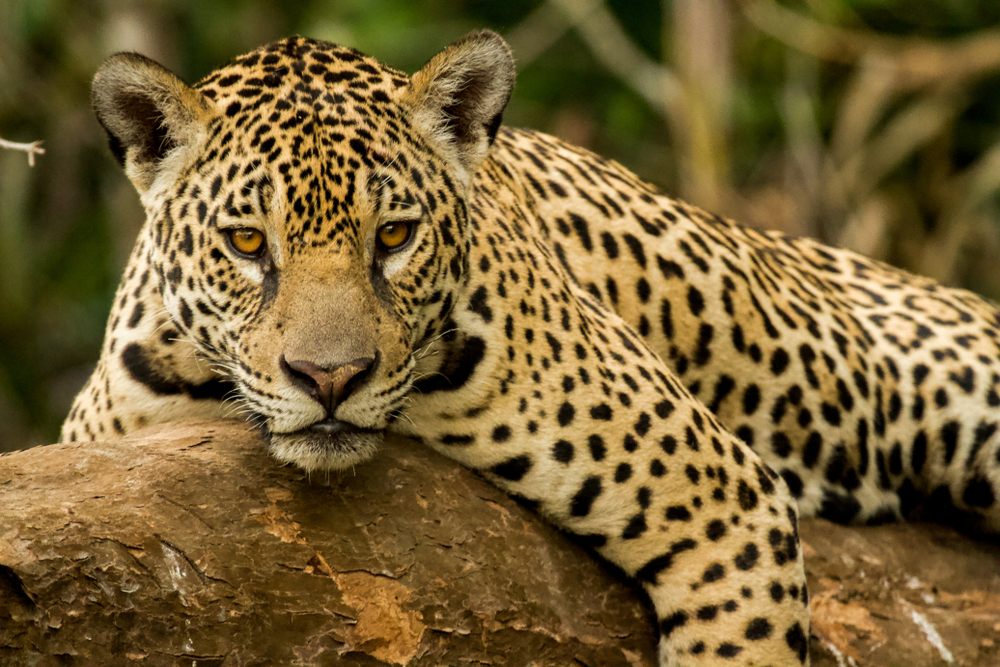Ilhas dos Currais Marine Overview
Ilhas dos Currais Marine National Park, or Parque Nacional Marinho das Ilhas dos Currais in Portuguese, is a small yet ecologically significant protected area located off the coast of Paraná in southern Brazil.
Encompassing approximately 1.3 square miles (3.4 square kilometers), the park consists of three main rocky islets—Currais, Três Irmãs, and Parcel—that rise from the South Atlantic Ocean.
These islands lie about 6 miles (10 kilometers) offshore from the coastal city of Pontal do Paraná. Though compact in size, the park plays an essential role in marine biodiversity conservation and serves as a critical refuge for birdlife and marine organisms.
The terrain of the park is primarily composed of steep, rocky outcrops that contrast dramatically with the surrounding ocean. These jagged islands are uninhabited and mostly devoid of large vegetation due to their harsh, windswept environment and exposure to saline conditions. However, patches of salt-tolerant grasses and low-lying shrubs do grow in crevices where soil and moisture accumulate.
Underwater, the surrounding marine environment is vibrant and diverse, with rocky reefs and sandy seabeds that support various species of fish, corals, and invertebrates. The currents and water quality around the islands help sustain a thriving underwater ecosystem.
Wildlife is one of the most notable features of Ilhas dos Currais. The park is an essential nesting site for several seabird species, especially the South American tern and brown booby. These birds arrive in large numbers during the breeding season, making the islands one of the most important bird nesting sites in southern Brazil.
The surrounding waters also provide habitat for green sea turtles, which can occasionally be seen swimming near the reefs. Dolphins and whales have been spotted in the broader region during migration periods, adding to the park’s appeal for wildlife enthusiasts and marine researchers. Schools of colorful reef fish such as sergeant majors, parrotfish, and angelfish fill the clear waters, while octopuses and crustaceans find shelter among the rocky crevices.
Among the park’s most popular features is its outstanding opportunity for snorkeling and scuba diving. The crystal-clear waters and marine biodiversity attract divers who explore the reefs and observe marine life in its natural habitat.
Birdwatchers and marine biologists also frequent the park due to the high concentration of nesting seabirds and its status as a marine research area. While access to the islets themselves is restricted to protect sensitive habitats, guided boat tours provide educational and sightseeing experiences that allow visitors to appreciate the park’s natural beauty without disturbing the ecosystem.
Visitors experience the park mainly by sea, using chartered boats or organized tours departing from coastal towns such as Pontal do Paraná. These trips often include opportunities for snorkeling, underwater photography, and birdwatching. Because the islands are not open for recreational landing, the focus remains on low-impact marine observation.
Conservation remains a priority for park management, as the area is highly sensitive to human disturbance. The park was created in 2013 to protect its unique marine and avian habitats. Management efforts include strict regulation of fishing activities, limitations on tourism, and ongoing scientific monitoring.
Despite these protections, challenges persist, particularly concerning illegal fishing and pollution drifting in from the mainland. However, the designation of the park has led to increased awareness and local engagement, with community and academic partnerships playing a growing role in its stewardship.











































































